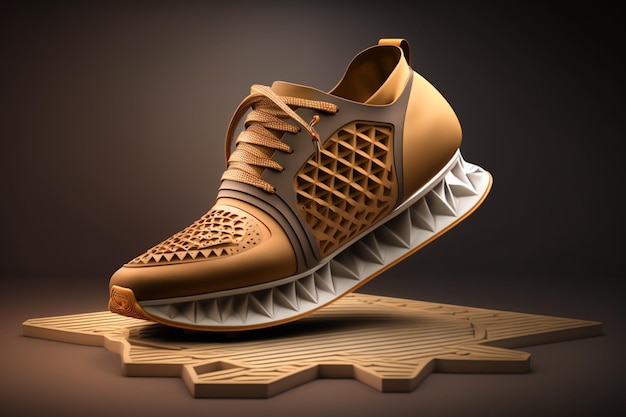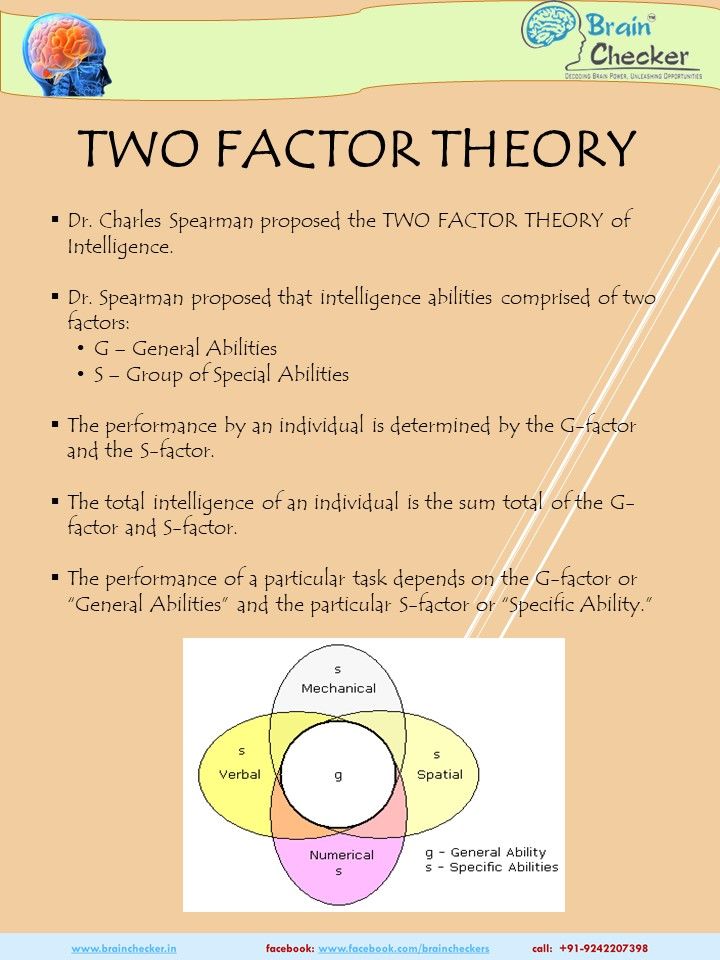Why Robots Struggle To Match Human Skill In Making Nike Shoes

Table of Contents
The Dexterity Challenge: Fine Motor Skills and Complex Assembly
The intricate processes involved in shoe manufacturing demand a level of fine motor skill that currently surpasses the capabilities of robots. Consider the complex assembly process: numerous components – from the delicate upper fabric to the intricate sole – require precise handling and placement.
- Precise stitching and gluing of various materials: Achieving the perfect tension and alignment in stitching, especially with varying material thicknesses, requires the nuanced touch of a human hand. Robotic arms often lack the sensitivity to avoid damage or create inconsistencies.
- Handling delicate fabrics and components without damage: Materials like suede or lightweight mesh are easily damaged by robotic grippers lacking the gentle precision of a human hand.
- Manipulating small parts with varying shapes and textures: The myriad of small components, each with unique shapes and textures, pose a significant challenge for robotic manipulators designed for more uniform tasks.
- Adapting to inconsistencies in materials: Variations in material thickness, stiffness, and texture require the adaptability of a human worker who can adjust their technique accordingly. Robots struggle to accommodate these unforeseen variations in real-time.
Current robotic grippers and manipulators simply cannot replicate the dexterity and sensitivity of the human hand, particularly in tasks requiring high precision and adaptability. The subtle adjustments and feedback mechanisms inherent in human touch remain unmatched by current technology.
Adaptability and Problem-Solving: Handling Unpredictable Variations
Shoe manufacturing involves handling unpredictable variations in raw materials and unexpected issues on the production line. Human adaptability is crucial in navigating these challenges.
- Addressing variations in material quality and consistency: The quality and consistency of leather, fabric, and other materials can fluctuate, requiring human workers to adjust their techniques to ensure consistent product quality.
- Identifying and correcting defects during assembly: Human workers are better at visually identifying defects and making quick, on-the-spot corrections, ensuring that faulty products don't proceed down the assembly line.
- Troubleshooting unexpected issues on the production line: Production lines can experience unexpected malfunctions or stoppages. Human workers can quickly identify and often resolve these issues, minimizing downtime.
- Implementing quick fixes for minor equipment malfunctions: Minor adjustments or repairs might be needed on machines. The ability to quickly diagnose and implement simple fixes is a key human advantage.
Current AI and machine learning systems, while improving, still fall short of the improvisational problem-solving abilities of human workers. The capacity for quick thinking, adaptation, and creative solutions remains a uniquely human strength in the manufacturing process.
The Cost Factor: Automation vs. Human Labor
Implementing full automation in Nike shoe production presents significant economic challenges. While automation offers long-term efficiency in some areas, the initial investment and ongoing costs can be substantial.
- High initial investment in robotic systems and ongoing maintenance: The cost of purchasing, installing, and maintaining advanced robotic systems is considerable, especially for the complex tasks involved in shoe manufacturing.
- Cost of retraining workers and potential job displacement: Transitioning to a fully automated system requires retraining or redeployment of existing workers, adding to the overall cost.
- The potential for slower production rates during the initial implementation of robots: Integrating new robotic systems can disrupt existing workflows, potentially resulting in slower production rates initially.
- The cost-effectiveness of using human workers for specific tasks: For many tasks, especially those requiring fine motor skills and adaptability, using human workers remains more cost-effective than investing in complex robotic systems.
The balance between automation and human labor remains a crucial factor. While automation can improve efficiency in certain areas, the high initial investment and potential for decreased production during implementation needs careful consideration.
The Future of Robotics in Nike Shoe Production
Despite current limitations, advancements in robotics offer potential solutions for some of the challenges discussed.
- Advancements in AI and machine learning for improved adaptability: More sophisticated AI systems might eventually enable robots to better adapt to variations in materials and processes.
- Development of more sophisticated robotic grippers and manipulators: Advancements in robotic gripper design might improve dexterity and allow for more precise handling of delicate components.
- Integration of human-robot collaborative systems (cobots): Collaborative robots working alongside human workers could leverage the strengths of both, maximizing efficiency and reducing costs.
- Increased use of automation for simpler, repetitive tasks: Automation can be effectively implemented for simpler, repetitive tasks, freeing up human workers to focus on more complex and nuanced aspects of the production process.
The most likely scenario for the future of Nike shoe production involves a hybrid approach. Combining the precision and adaptability of human workers with the efficiency and repeatability of robots will likely be the optimal strategy for maximizing productivity and cost-effectiveness.
The Enduring Importance of Human Skill in Nike Shoe Manufacturing
In conclusion, why robots struggle to match human skill in making Nike shoes boils down to a combination of dexterity limitations, the unpredictable nature of the manufacturing process, the substantial cost of full automation, and the invaluable problem-solving abilities of human workers. While automation plays a crucial role in improving efficiency and reducing costs, human expertise remains essential for many intricate aspects of shoe production. The future likely lies in a collaborative model, leveraging the strengths of both humans and robots to optimize the manufacturing process. To further investigate this fascinating interplay between human skill and technological advancement, explore resources on advanced robotics and automation in manufacturing. Continue learning about why robots struggle to match human skill in making Nike shoes – the journey towards a truly efficient and innovative manufacturing process is ongoing.

Featured Posts
-
 Trumps Obamacare Stance Implications For The Supreme Court And Rfk Jr
Apr 22, 2025
Trumps Obamacare Stance Implications For The Supreme Court And Rfk Jr
Apr 22, 2025 -
 Blue Origin Rocket Launch Cancelled Vehicle Subsystem Issue
Apr 22, 2025
Blue Origin Rocket Launch Cancelled Vehicle Subsystem Issue
Apr 22, 2025 -
 Fsu Announces Resumption Of Classes After Campus Shooting Concerns Remain
Apr 22, 2025
Fsu Announces Resumption Of Classes After Campus Shooting Concerns Remain
Apr 22, 2025 -
 Mark Zuckerbergs Presidency And Trumps Impact On Tech
Apr 22, 2025
Mark Zuckerbergs Presidency And Trumps Impact On Tech
Apr 22, 2025 -
 The Obamacare Supreme Court Case Analyzing Trumps Involvement And Its Effect On Rfk Jr
Apr 22, 2025
The Obamacare Supreme Court Case Analyzing Trumps Involvement And Its Effect On Rfk Jr
Apr 22, 2025
Latest Posts
-
 The Real Safe Bet Your Guide To Smart Investing
May 10, 2025
The Real Safe Bet Your Guide To Smart Investing
May 10, 2025 -
 Four Unconventional Theories On Randall Flagg And Their Impact On Stephen Kings Narrative
May 10, 2025
Four Unconventional Theories On Randall Flagg And Their Impact On Stephen Kings Narrative
May 10, 2025 -
 Four Mind Altering Randall Flagg Theories That Reinterpret Stephen Kings Universe
May 10, 2025
Four Mind Altering Randall Flagg Theories That Reinterpret Stephen Kings Universe
May 10, 2025 -
 King Protiv Maska Pikantnye Podrobnosti Vozvrascheniya Pisatelya Na X
May 10, 2025
King Protiv Maska Pikantnye Podrobnosti Vozvrascheniya Pisatelya Na X
May 10, 2025 -
 Stiven King Vernulsya V X I Napal Na Ilona Maska
May 10, 2025
Stiven King Vernulsya V X I Napal Na Ilona Maska
May 10, 2025
